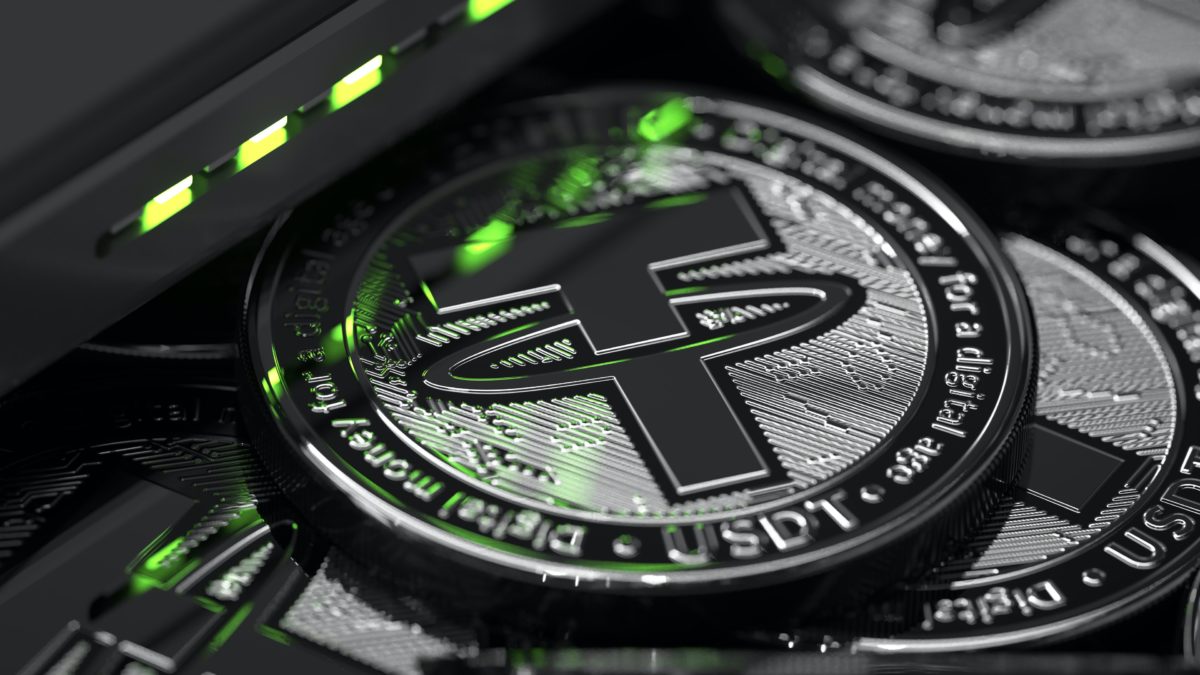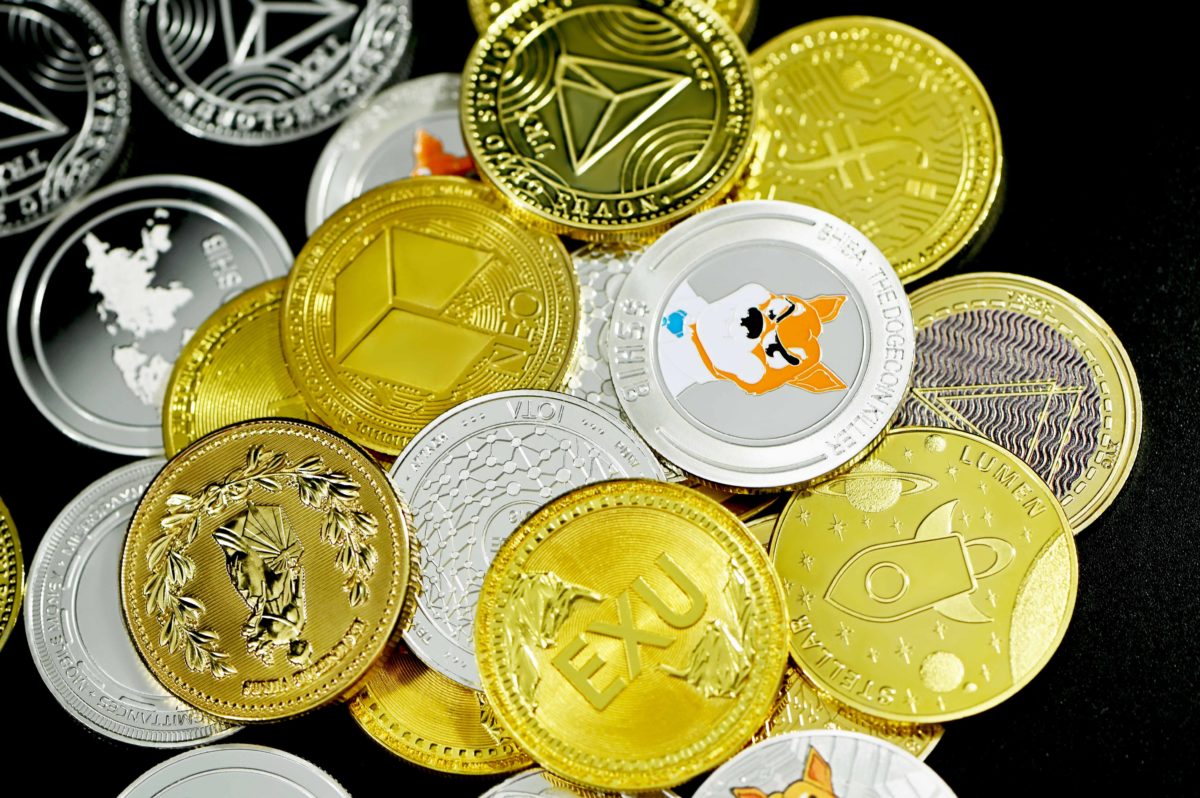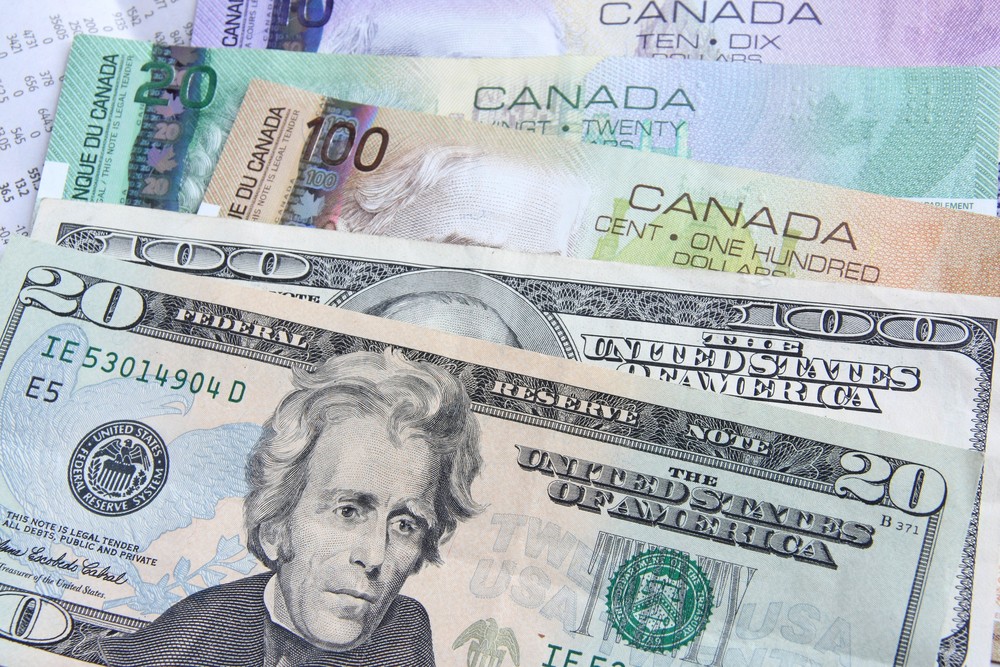The US economy likely continued growing strongly in the first quarter, controlled by strong consumer spending earlier in the year. Still, momentum has slowed significantly since then as the impact of higher interest rates spread.
The Commerce Department’s report on Thursday’s first-quarter gross domestic product should show that the economy is not headed for a recession. But today’s economic landscape is very different. Credit conditions tightened after the recent financial market turmoil, which increased downside risks in the year’s second half and the Federal Reserve’s fastest rate hike cycle since the 1980s.
After January’s surge, which economists regard as unseasonably warm weather and difficulties balancing the data for seasonal variations, economic reports became softer as retail sales declined in February and March.
According to a Reuters tally of economists, GDP growth will likely increase by 2.0% year-on-year in the most recent quarter after expanding by 2.6% in the fourth quarter. Estimates differed from a growth rate of 0.4% to a rate of 3.3%.
Since March last year, the Fed has heightened its interest rates by 475 basis points, bringing them from near zero to the current range of 4.75% to 5.00%.
The Disadvantage
Some institute has lowered their GDP growth estimates, and Wells Fargo cut its forecasts by a full percentage point.
Consumer spending, which records for more than two-thirds of the US economic activity, must be controlled by service demand. It continued to be supported by a tight labor market with an unemployment rate of 3.5%.
The housing market will likely have slipped into recession, and real estate investment is expected to decline for the eight-straight quarter. However, the rate of the decline is likely to have reduced compared to the fourth quarter.











COMMENTS